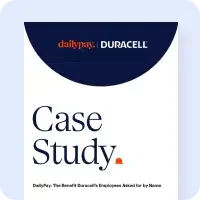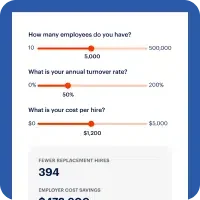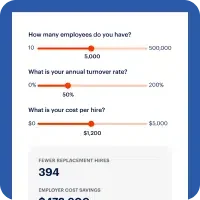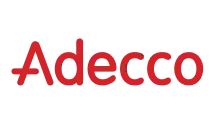There are sweeping changes being implemented across the federal workforce right now. The federal government is taking a fresh relook to reduce waste and gain efficiencies.
How federal employees are paid should be part of this review.
The fact that federal employees are still paid on a biweekly basis is archaic. It dates back to the Industrial Revolution as a means to make it easier for businesses to process paychecks. However times have changed and so have the needs of the workforce. Gen Z and Millennials are digital natives and are used to having things on-demand; pay should be no different.
What is earned wage access?
On-Demand Pay, also known as earned wage access (EWA), is an employee benefit that allows employees to access their net pay, as completed shifts are reported, instead of having to wait for a biweekly pay cycle. Many EWA providers offer several zero-cost options for employees to access their earned pay prior to payday alongside optional expedited access options for a flat, ATM-like fee. Employees cannot accrue debt using EWA because they can only access what they’ve earned.
The status quo is unsustainable
Like all American workers, federal employees are faced with making ends meet amid an economy in flux with stubbornly high inflation. The high cost of everything makes paying bills and saving for the future all the more difficult. Many employees are not merely living paycheck to paycheck, they are living day-to-day, event by event. When the unexpected (aka “life”) happens, employees are often deciding between high-interest bank or payday loans, calling a relative, or other less than optimal options.
Financial stress directly impacts how employees show up to work. According to Purchasing Power’s 2023 Public Sector Employee State of Financial Wellness Survey, 83% of American public sector employees experience financial stress, whether physical, mental or emotional. The financial stress related to paying bills on time each month can have a number of ramifications for an organization, including turnover. This is especially evident among the younger members of the federal workforce. In fiscal 2023, for example, the attrition rate for employees under 30 was 9%, which was higher than the government-wide average of 5.9%.
The time to innovate is now
According to research from PYMNTS, nearly 3 in 4 (72%) workers prefer instant payroll if given the choice.
Earned wage access has already taken hold in the private sector. The federal government needs to implement innovative solutions like earned wage access or it will struggle to compete with the private sector in the war for talent.
HR leaders at federal agencies have a remarkable opportunity to champion their employees’ financial well-being with innovative tools and services that promote greater financial control. Modernizing an archaic pay system through earned wage access represents a timely innovation that aligns perfectly with today’s broader government efficiency initiatives. By embracing this forward-thinking approach now, HR leaders can simultaneously address a decades-old problem while strengthening retention, boosting productivity, and creating a more financially resilient federal workforce ready to meet tomorrow’s challenges.

















